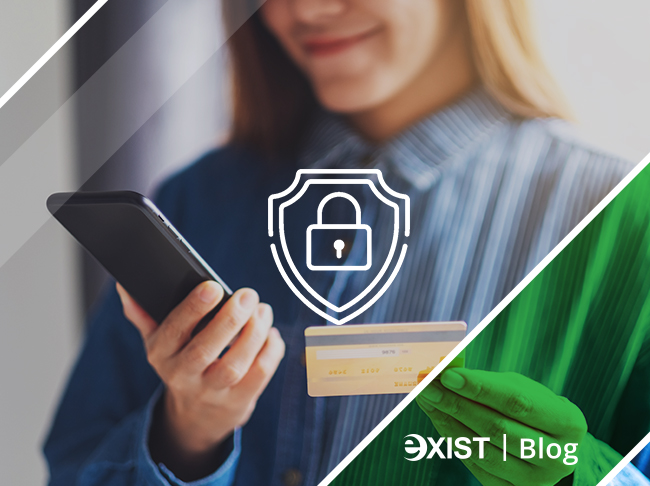Today, mobile banking is part of our daily lives today but, is it safe and secure to handle our online transactions? Users like the convenience of mobile banking as it gives them benefits that they can also have in physical branches. To name a few, they can use their smartphones to check their account balance, transfer money, pay their bills, shop online, etc.
However, Several Philippine Banks were hacked last year. It created fear not only for the users but for the financial institutions as well. It became the focus of the media for quite some time. Luckily, the perpetrators were arrested. Financial Institutions’ online security was strengthened and users became more vigilant. There are two ways to know if Mobile Banking is safe.
1. END-USER’S SECURITY FEATURE
These features are essential to the end-users when it comes to mobile banking. It will give them multiple options to secure their accounts while enjoying the convenience of online banking.
-
ONE TIME PASSWORDS (OTP)
One Time Password (OTP) is a secure code sent real-time to your mobile number when performing a transaction. For every transaction, it generates a different security code.
-
BIOMETRICS AUTHENTICATION
Biometric authentication is a security method that depends on the unique biological characteristics of the user to verify the identity of the person. Biometric login gives extra security to the user because it’s impossible to hack, steal, copy or share. In comparison with OTPs, Biometrics are not number-based.
-
CHANGING PASSWORDS REGULARLY
Protecting user’s bank accounts begins with changing passwords. As cybercrimes increase, password formats changed over the years like adding symbols & numbers (eg. Alphanumeric with special characters). Although some mobile apps require changing passwords frequently, we should change when:
- There’s a suspected unauthorized access
- The virus entered your device/s
- Logged in to other device/s
More than these three end-users’ security features, mobile banking users should also be aware of scammers who are using fake emails to hack their accounts. Users needs to be aware and cautious to avoid incidents like these from happening. Moreover, we can say that mobile banking’s safety features assure us that our data, money, and identity are secure
2. INTERNAL SECURITY FEATURES
These internal security features are part of the system when building a digital bank. Implementation of these security features is essential to provide high protection for the users against hackers, scammers, and identity fraudsters.
-
SECURE SOCKETS LAYER (SSL)
Secure Socket Layer or SSL is a security system implemented to a website or mobile application that integrates protection, privacy, and coherence. SSL encrypts the data transmitted across the web of a platform. In banking, SSL initiates an authentication process between two systems to make sure that both systems are legitimate.
SSL was created to protect user privacy by doing encryption that the user operates inside a platform. It ensures that the data inputted in the web or app will not be exposed and safe. Meaning, it is only visible and available to a platform the user operates.
-
ROBUST AUDITING MECHANISM
Aside from business process audits, a robust auditing mechanism is placed both in the system level transactions and system user activities to ensure data integrity and faster resolution of concerns. Multiple software frameworks and technical architecture are in place to ensure data traceability and immutability of audit logs. Modern implementation also allows banks and financial institutions to take advantage of these logs for real time monitoring and implement processes such as real time fraud detection.
-
OWASP COMPLIANCE
OWASP (Open Web Application Security Project) compliance makes sure that web applications are not vulnerable to security breaches like phishing, malwares & hacking. Moreover, OWASP updated Top 10 security risks last year. The top 10 list provides guidance and education to developers, designers, architects and business leaders concerning web security risks to avoid.
There are more security systems integrated in a digital bank to protect our data, identity, and money. SSL, Robust Auditing Mechanism & OWASP are only three of the other security requirements. Banks & financial institutions that plan to upgrade their system and are transitioning to digitalization must be aware and knowledgeable on the requirements needed.
At Exist, we believe that superior digital experiences are essential in staying relevant. Our software expertise establishes and empowers banks to rapidly grow their business.




